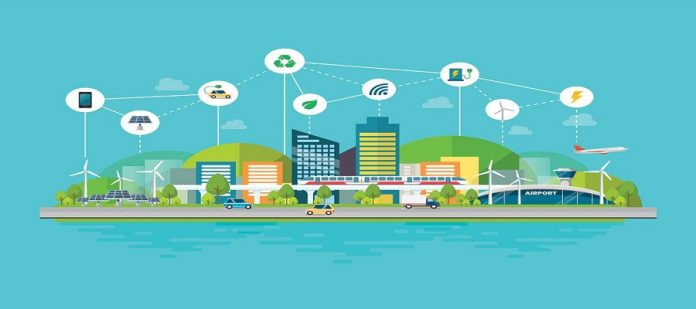In a significant stride towards environmental responsibility, Intel, a global technology leader, has committed to achieving 100% renewable electricity in its operations by 2030, already reaching 93% globally by the end of 2022.
Just ahead of the Enlit Europe event, Intel unveiled its pivotal role in powering the Edge for Smart Secondary Substations (E4S) Alliance’s groundbreaking solution aimed at modernizing the energy grid. The E4S initiative disrupts the conventional system, transitioning from a closed-hardware architecture to an open, flexible, and software-defined energy system.
With over 17 million secondary substations across Europe facilitating medium- to low-voltage power conversion, the E4S solution signifies a digital transformation of the next generation of secondary substations. Leveraging secure, modular, silicon-enhanced technology, this innovation is vital for unlocking the full potential of renewable energy resources.
Intel is at the forefront, rallying industry leaders to propel the energy sector forward through technological advancements. The company provides essential support to the E4S Alliance, contributing hardware, software, security, applications, artificial intelligence (AI), and communication technology solutions. Major distribution system operators such as Enedis, E-Redes, Iberdrola, and UFD (Naturgy Group) champion the customer perspective, endorsing the E4S specifications designed for their needs.
The transition to renewable and clean energy sources is pivotal for reducing greenhouse gas emissions. While renewable sources like solar and wind farms pose challenges due to their intermittent nature, the E4S power technology enhances grid flexibility, making it more adaptable to accommodate increased renewable energy sources. The implementation of this solution at a single substation can have a profound impact, reducing carbon dioxide emissions equivalent to removing up to 1,800 gasoline-powered cars from the road, according to estimates from the American Council for an Energy-Efficient Economy (ACEEE).
Fuelled by Intel Core processors, the E4S secondary substation solution incorporates AI and Internet of Things capabilities along with networking technology. This integration empowers energy providers to respond to dynamic demands, identify optimal energy sources, and support a greater influx of renewable and intermittent clean energy sources at the grid’s edge.
The E4S solution not only represents the future of network technology with real-time execution and communications at the edge but also facilitates seamless integration of future applications, enhancing analytics through data-driven insights such as weather predictions, maintenance schedules, and the impact of nature and climate change on transmission equipment.
Beyond efficiency gains, the E4S solution significantly contributes to the resilience of the energy grid, particularly during natural disasters. Utilities can access diverse energy sources and integrate them into the grid, irrespective of their physical location. This adaptability allows for precise power allocation during emergencies, offering a more nuanced approach compared to traditional methods such as widespread shutdowns or rolling blackouts. This capability ensures critical areas and customers remain powered on, even in challenging circumstances.
Notably, a parallel initiative for grid modernization technology, the Virtual Protection, Automation, and Control (vPAC) solution, is underway in the United States. Developed in collaboration with the vPAC Alliance, this solution involves key energy ecosystem partners and utilities, including Southern California Edison, Salt River Project, and American Electric Power, further exemplifying Intel’s commitment to advancing sustainable energy solutions on a global scale.








